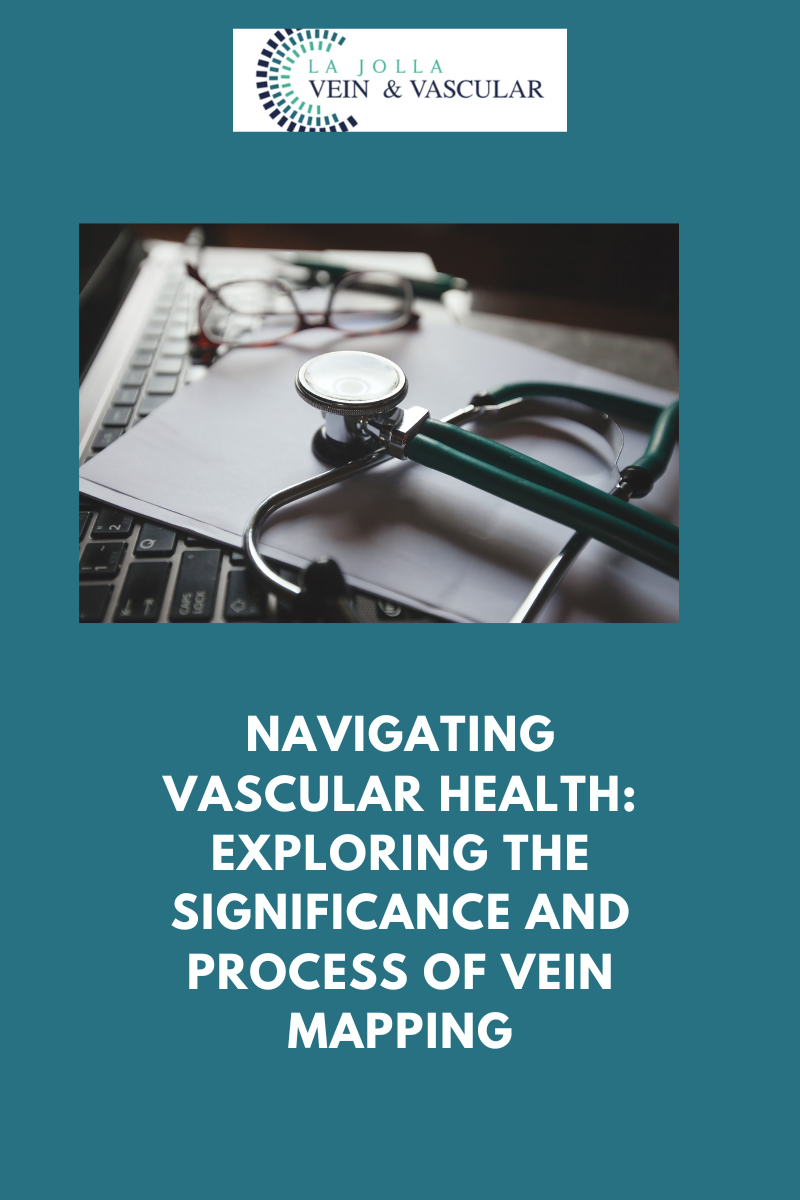What you need to know about vein valves

In the circulatory system, the vein valves carry deoxygenated blood back to the heart. The leg veins carry blood toward the heart, against gravity. Therefore, the leg veins have one-way valves to prevent backflow of blood. When the valves do not function properly, they allow blood to flow backward, causing the pooling of blood. This is referred to as venous reflux or venous insufficiency. Eventually, the backflow of the blood will cause varicose veins to develop and symptoms related to the increased pressure in the leg veins such as leg heaviness, aching, swelling, restless legs, night cramps, throbbing, and pain. Varicose veins can be treated with different lifestyle changes.
Conservative Management & Lifestyle Modifications Include for varicose veins and vein valves:
The goals of treatment are to relieve symptoms, prevent complications and for some to improve appearance. Lifestyle changes can ease the symptoms, but do not cause the veins to vanish. These treatments include:
- Avoid standing or sitting for long periods of time: To keep blood moving when you have to sit or stand for long periods, try these tips: at work, take walking breaks and try walking during your lunch hour. While sitting, try flexing your feet up and down ten times an hour.
- Exercise: Exercising is good for your veins because it improves blood flow. Walking, cycling or swimming are great exercises for vein health. But be sure to check with your doctor before starting any exercise program.
- Weight loss or maintaining a healthy weight: Being overweight puts extra pressure on your veins.
- Leg elevation: Use leg elevation three or four times a day for about 15 minutes at a time. Even elevating your legs on a step stool or ottoman is beneficial. If you need to sit or stand for a long period of time, flexing (bending) your legs occasionally can help keep blood circulating. If you have mild to moderate varicose veins, elevating your legs can help reduce leg swelling and relieve other symptoms.
- Compression stockings: These elastic stockings squeeze or compress the veins and prevent blood from flowing backward. Compression stockings must be graduated, medical-grade compression to be beneficial. Over the counter,support hose or TED hose are not adequate to reduce symptoms in venous disease for active patients.
- Supplements such as horse chestnut and grape seed extract can help reduce symptoms of venous disease. Check with your doctor before starting supplements.
- Anti-inflammatory medications such as ibuprofen.
- Anti-inflammatory topical agents such as OTC Arnica, or prescription voltaren gel may be helpful for painful phlebitis.
- Ice packs can be applied to veins that are tender to reduce inflammation
Leg veins have one-way valves that prevent blood from flowing backward. Diseased valves are ‘leaky’ and allow blood flow both forward and backward, eventually causing bulging of the veins, i.e., varicose veins.
The valves inside the leg veins can be seen on ultrasound.
For more information and to book a consultation, please give our office a call at 858-550-0330.
For more information please check out our Youtube Channel at this link.
For more information on varicose veins and eliminating underlying venous insufficiency, check this link out full of resources.





